Can artificial intelligence be more creative than humans?
Apr 01, 2019
7 mins
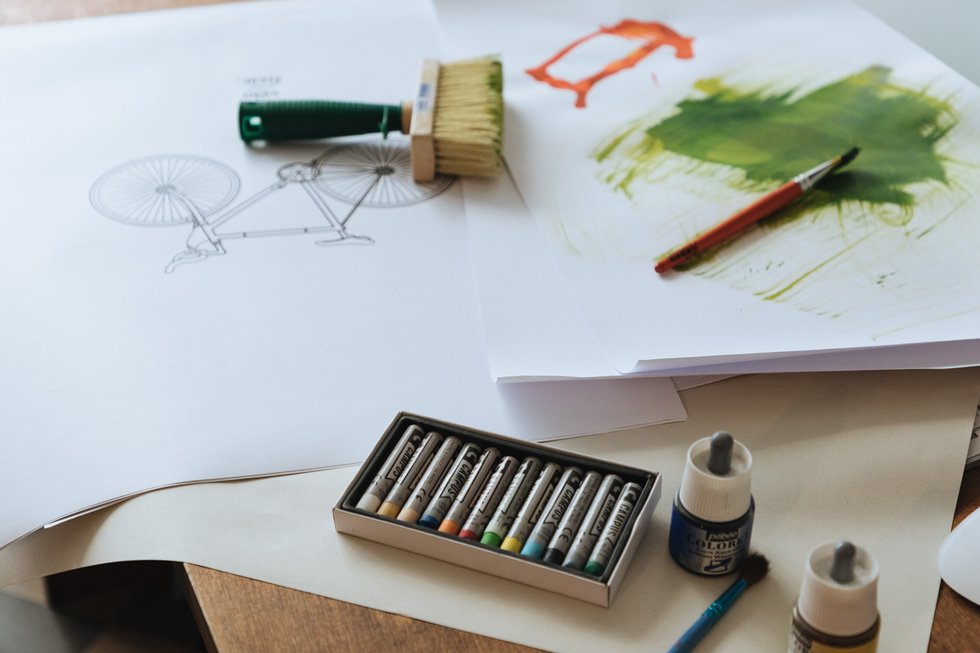
The classically inspired portrait seen here was not created by a human hand, but rather by a painting-generating algorithm trained by a collective of French artists who go by the name of Obvious. Machines today make it possible to paint pictures, compose music, invent recipes, and write scripts without human intervention. The new artistic ability of artificial intelligence (AI), therefore, calls the very concept of creativity into question. So, to what extent can AI technology display its creativity?
To find some answers, we spoke with Pierre Fautrel, artist and co-founder of Obvious, shortly after his talk at last year’s talent-development festival L’Echappée Volée (which has now merged with the Boma France Festival), and took a behind-the-scenes look at the creative process with Emilien Dereclenne, a Ph.D. student in cognitive science and AI, baroque musician, and entrepreneur.
A brief philosophy of creativity
Two criteria, two different approaches
To understand the nature of machine creativity, there must first be a consensus as to what creativity itself means. Dereclenne, a specialist on the subject, posits that there are generally two criteria for creativity:
The criterion of novelty. Something is creative when it introduces something new and original: New forms of production, new ways of acting or thinking, and even unprecedented changes in operational and organizational methods.
The criterion of value. What is “creative” has special relevance to its creator or group of creators. Creative work may be beautiful, useful, therapeutic, influential, or lead to a partial or profound transformation of our environment. In short, it has meaning for individuals and the community.

Three forms of creativity
So, does that mean that artificial intelligence is capable of demonstrating creativity? In response, Dereclenne cites the work of Margaret A. Boden, a distinguished scholar in cognitive sciences and AI and the author of The Creative Mind: Myths and Mechanisms and “Computer Models of Creativity.” For her, computers do indeed take part in creative behaviors, and creativity is not exclusive to human intelligence. Boden identifies three types of creativity and demonstrates that computers are capable of each one.
1. Combinatorial creativity
This creativity produces new, perhaps unexpected, combinations and associations of familiar ideas. Take the case of Uber. The use of private drivers and geolocation apps on smartphones were things that already existed when Uber was launched, but the American company distinguished itself by combining these two services to create an entirely new product. Through its own app, it became possible for professionals and their clients to get in touch in a way that was direct and virtually instantaneous.
2. Exploratory creativity
This creativity consists of creating what is possible, yet hitherto unseen, within a given framework, such as a particular discipline or a defined community or context. While building upon existing technology, Uber also explored the untapped potential of the platform and associated concepts to extend the range of its services and invest in other lines of business: Uber Eats for meal delivery, Uber Health for patient transport, and Uber Freight for the transportation of goods.
3. Transformational creativity
This creativity relates to the ability to transform, transgress, or revolutionize an existing space of thought to produce a new one. Uber, once again, has helped to redefine the transport sector by inventing a new way to get around, provide rides, and pay for the service. It’s a winning strategy that has enabled it to short-circuit the market’s traditional providers, such as taxis and private drivers. The American company fully exemplifies the concept of transformational creativity. We even have the word Uberization to describe the transformation, disintermediation, or disruption of a given sector.
Is there creativity specific to AI?
The creative potential of machines
Fautrel agrees with the idea of artificial intelligence which is creative. As mentioned, the artist, with the support of his two Obvious co-founders, spent a year training an algorithm to paint and produce its own picture: “We gave the algorithm 15,000 classic portraits from the 15th to the 20th centuries. From these samples, it was able to understand the rules of portraiture—frontal pose with two eyes, a nose, and a mouth—and create a new sample. It uses algorithms called GANs, which create images from a huge number of samples.”
GANs, or generative adversarial networks, were developed by the American researcher Ian Goodfellow in 2014. Fautrel is referring to the type of creativity whereby machines, just like humans, “learn by example.” For him, it is a new era: “After Impressionism, Pointillism, and Fauvism, the time has come for GANism—an artistic movement where humans and machines collaborate to maximize their creative potential.” In this context, it seems reasonable to question the notion of the algorithm possessing its own creativity, since “we just provided the rules and it did the creative work.”
The possible autonomy of AI
As Dereclenne points out, it could be argued that the algorithm is nothing without its programmer. It might not be suitable, therefore, to speak of AI’s creativity if the painting or piece of music generated by the algorithm simply comes from applying preexisting production rules in a semi-random fashion. Today, however, “We no longer program computers according to fixed rules and prerequisites,” he says. “We teach them to program themselves, to discover their own rules of operation.” These algorithms only reprogram themselves according to information taken from their environment or database. In this context, Dereclenne cites the reflections of Scott Draves, of the collective-intelligence platform Electric Sheep, who speaks of “reproducing the essence of life in the digital form”—in other words, simulating the characteristics of biological phenomena, such as autonomy and an ability to adapt to environments.
While this hypothesis may sound like science fiction to some, the French digital evangelist Stéphane Mallard is even more resolute on the matter. According to him, AI will eventually do everything that humans currently do, but better. As he pointed out in 2017 in his column for the French online journal L’ADN, “In reality, there is no limit to the development of artificial intelligence and its future capabilities. All of our cognitive functions, everything that allows us to develop our brains, can be achieved by artificial intelligence.”
Where does emotion figure in all of this?
Sensitivity, a human specificity
Dereclenne emphatically qualifies the words of Mallard. For him, the question of creativity cannot be reduced to the reproduction of cognitive functions, whether regarding our perception of the environment, reasoning, how concepts are used, or decision-making. For him, it is important to consider what is referred to as the conative dimension: The capacity to feel emotion, sensitivity, and human experience. Every creative act takes place within the individual, social, and political context of the creator. “Mozart isn’t Mozart just because of his cognitive abilities for combination, exploration, or transformation,” says Dereclenne. “It is still Mozart himself, with all his passions, doubts, and hypersensitivity, all the depths, delicacy, and violence of his feelings, with his personal and social experience, his human encounters, with his faith.”
Could AI be capable of emotional intelligence?
Some AI algorithms are not only able to generate repetitions or averages, make up stories, and interact with humans, but also to perceive and interpret individual emotions based on facial expressions. However, as Dereclenne is careful to point out, “No artificial intelligence has its own emotional and affective life. None of them is endowed with subjective or conscious experience, and they are incapable of describing experience according to pleasure, pain, or the spectrum of human emotion.” For now, at least, machines don’t “understand” what is being asked of them. While they are able to rely on keywords, look to databases for answers, and formulate responses based on these examples, they are incapable of reasoning from scratch.
Fautrel and Dereclenne agree on one point—playing the preacher is pointless, as we know nothing about the situation. Algorithms learn quickly, and it is not unimaginable that AI technology may one day possess emotion and sentimentality, even if we still have a long way to go.
The great anxiety of replacement
AI: a threat or opportunity for creative pursuits?
Why should AI replace human creativity? The amazing capabilities of AI threaten to replace creative professions, such as those performed by designers and editors with their algorithms, but for Dereclenne, this is “a blatant error of reasoning.” The dialog between human and machine, best defined as the creation and programming of algorithms, can have a positive impact and be part of the creative process. AI could become a new tool and space for the expression of human creativity. In this regard, Dereclenne suggests taking a practical and optimistic approach: “The algorithm, rather than being a substitute for human creativity, can be used as a form of an amplifier or a means of exploration.” To illustrate this point, he references the Generative art movement and highlights the instrumental approach that the programmer and composer R. Luke DuBois takes with his algorithms: “It’s not a question of getting AI to compose music, but of composing with it. From this perspective, the algorithm and creative spirit work together in a creative process. There is no substitution, only enrichment, and mutual inspiration.”
Consequently, creative minds might one day be encouraged to develop their programming skills to sail through job interviews and custom-build their own AI. There could even be a text generator created from a specific brand’s heritage for content managers, an image or video curator for motion designers, or AI technology that finds raw materials in a given color range for stylists or fashion designers.
Genuine synergy without incompatibility
The debate is often oversimplified by the suggestion that AI will replace human intelligence or that it will do all the analyzing, decision-making, and creative problem-solving for us. Dereclenne pinpoints this dualistic take on the issue by asking new questions: “But even if AI were more creative than us, why should we then believe that human creativity would disappear, that human imaginative and reflexive autonomy would collapse under the weight of the artificial excellence? Would having a creative friend or partner get rid of our creativity? Why envision a world of replacement, when we might rather think about, in perhaps more nuanced ways, emerging trends in the ways that human-technological creativity can be approached?”
Therefore, human creativity cannot be so easily reduced to algorithmic creativity; the emotional, subjective, and embodied dimensions make it an elusive concept. However, AI is able to model human creativity in some of these dimensions. It perhaps even reveals, as Dereclenne suggests, “the essence of a type of creativity that is characteristic of our times”—a true paradigm shift. “The algorithm is in itself such a total revolution of the rules that it has been written into the history of human creativity.”
Follow Welcome to the Jungle on Facebook and subscribe to our newsletter to receive our articles every week.
Follow Welcome to the Jungle on Facebook, LinkedIn, and Instagram, and subscribe to our newsletter to get our latest articles every day!
Translated by Andrea Schwam
Photo: Welcome to the Jungle
Follow Welcome to the Jungle on Facebook, LinkedIn, and Instagram, and subscribe to our newsletter to get our latest articles every day!

More inspiration: Creativity
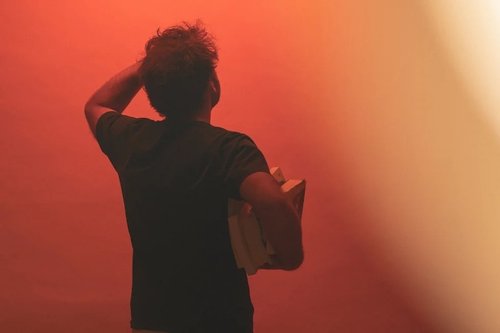
5 books to boost your creativity at work
Creativity at work is important, but sometimes we aren't inspired by our daily lives. We've curated a list of books to kickstart your creative mind!
Oct 04, 2023
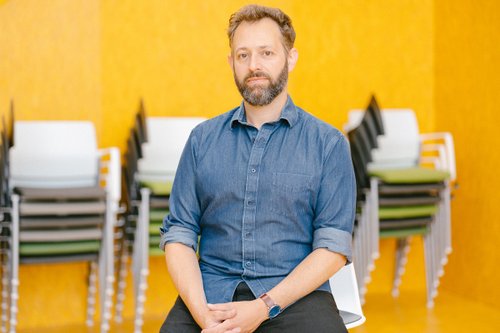
How creativity became corporate religion
By idolizing the image of the feverishly driven artist, capitalism created new ways to exploit workers
Sep 05, 2023
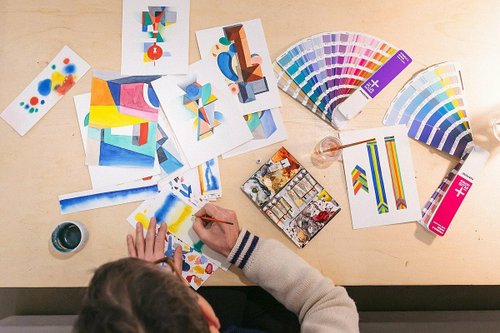
Learn to boost your creativity (and let go of your fears)
No one is immune to the effects that negative feedback can have on their creativity. Danielle Krysa, the author of Your Inner Critic is a Big Jerk...
Feb 21, 2022
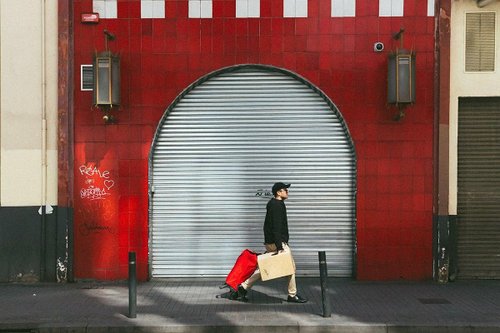
Take a walk to boost your health and creativity
The simple act of taking a walk improves our general wellbeing, focuses our attention and boosts our creativity.
Apr 14, 2021
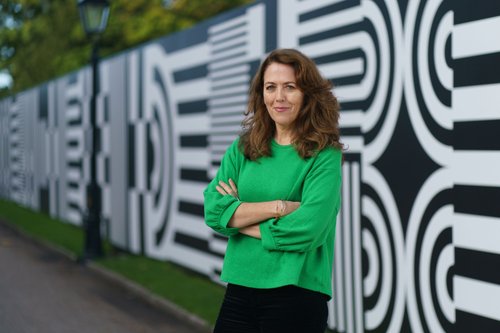
Costume drama: exploring the creative process with designer Lorna Mugan
She’s been nominated for a Bafta and an Emmy, but it’s unlikely you’ll recognise her face. Meet Lorna Mugan, a costume designer from Donegal.
Oct 12, 2020
The newsletter that does the job
Want to keep up with the latest articles? Twice a week you can receive stories, jobs, and tips in your inbox.

Looking for your next job?
Over 200,000 people have found a job with Welcome to the Jungle.
Explore jobs